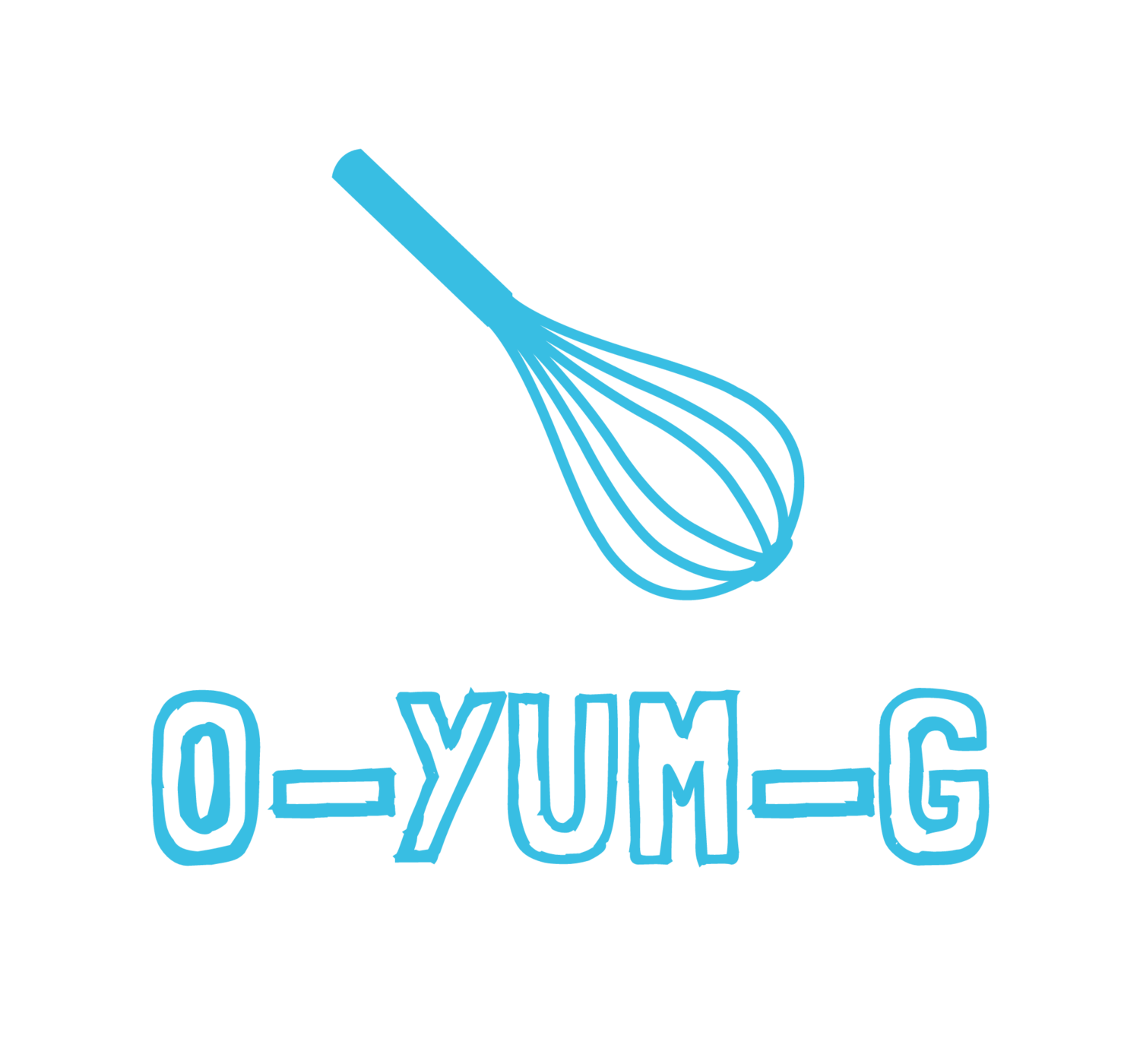King Arthur Flour Bake-cation: Day 1
After four years away, I'm finally back at King Arthur Flour for a four-day baking "camp" or "bake-cation" as a fellow student called it! This time, it's all about pastry, and I brought my mom along with me!
The baking education center where we learn all the things
We arrived at King Arthur's beautiful campus a bit early to scope out their store and grab a bite to eat in the cafe before class began at noon. We were then greeted by our instructor Melanie and her co-instructor Sharon and got settled into our work stations.
First on the agenda was to make a tender tart dough that was going to be the base for some lemon tartlets. When making dough for tart crusts, you can either take the fresh dough and press it into the tart or chill the dough for about an hour, roll it out and then form it into your tart pan. Since we were going to be making two 4-inch tartlets, I decided to give both methods a try and then compare and contrast as we went along.
Pressing in the tart crust!
Trying out two methods of forming tart shells: pressed and rolled
Once our dough was chilling, we moved on to the next recipe: a vanilla chiffon cake. We learned that, unlike most pastries, which have their origins in Europe, the chiffon cake is purely an American invention and was developed in the 1920s. It combines the essence of a sponge cake and an oil cake so that you get the lightness of a sponge with the tenderness of an oil cake.
Aerating and lightening your ingredients is important at nearly every stage. Dry ingredients are sifted twice to ensure even distribution of the ingredients and to aerate them for lightness. The egg whites are whipped to stiff peaks and the added sugar helps aerate the egg whites into a perfect meringue while the cream of tartar provides stabilization. Side note: learned the fascinating history of cream of tartar - it comes from the crystals that grow in wine casks and is then ground into a powder after fermentation!
Mom really knows her sift!
Chiffon cake in-the-making: egg white meringue on the left to be folded into oil/egg/flour batter on the right
Once we had our dry ingredients mixed with some oil, egg yolks and vanilla, we carefully folded in the egg whites until we had a nice thick batter and then divided into two cake pans. They were baked in a walk-in oven (at least 6 people could fit in there, if you tried!) and were set aside for us to use in other recipes on Day 2 and Day 4.
Chiffon cakes ready to bake!
After the chiffon cake, we started in on puff pastry. Traditionally, a well-made puff pastry takes THREE days to make! We started with just the first part, the dough or the "le detrempe". We started with 3 simple ingredients: flour, salt and butter. We worked the butter into the flour and then added cold water to form the dough. This is a similar process to making biscuits, scones or pie crust. But then we kneaded the dough to form more of its gluten structure. Once we had our ball of dough - off to the fridge it went to chill overnight - we'll see it again tomorrow.
First stage of puff pastry - the le detrempe
Then it was back to our tartlets - this time to prep them for blind baking (a fancy way of saying we're going to bake the crust without any filling). But in order to make sure the dough doesn't puff up in the middle or slide down the sides, we filled them with beans to help keep the dough in place. The crusts were baked with the beans for about 8-10 minutes and then removed and back in the oven for another 8-10 minutes, until fully baked and the edges and bottoms were browned.
Baked tartlet shells - ready for filling!
Last, but not least, we made our lemon curd filling. I've tried making lemon curd before - and to not very great result. So I was eager to learn the secret to a good lemon curd. Turns out it's patience and quite a bit of butter. The curd was made with fresh lemon zest and lemon juice along with some sugar and eggs. It was then cooked over a double boiler until the egg mixture reached 175 degrees and just started to thicken. Then the bowl was removed from the heat and we started adding in 6 ounces of cold butter, one cube at a time. It probably took about 10 minutes to get all of the butter added in and fully melted and incorporated. Then we poured the curd into our shells and let them set up in the refrigerator before decorating with some fresh whipped cream and local, hand-picked blueberries.
Finished tartlets!
We learned a lot today and covered a range of techniques: creaming, foaming, laminating and thickening. We started on the makings of several recipes for which we'll build on in the upcoming days and we had our fully completed lemon tartlets to take home and enjoy for dessert (and breakfast tomorrow!)
Come back tomorrow to see what we learned on Day 2!












